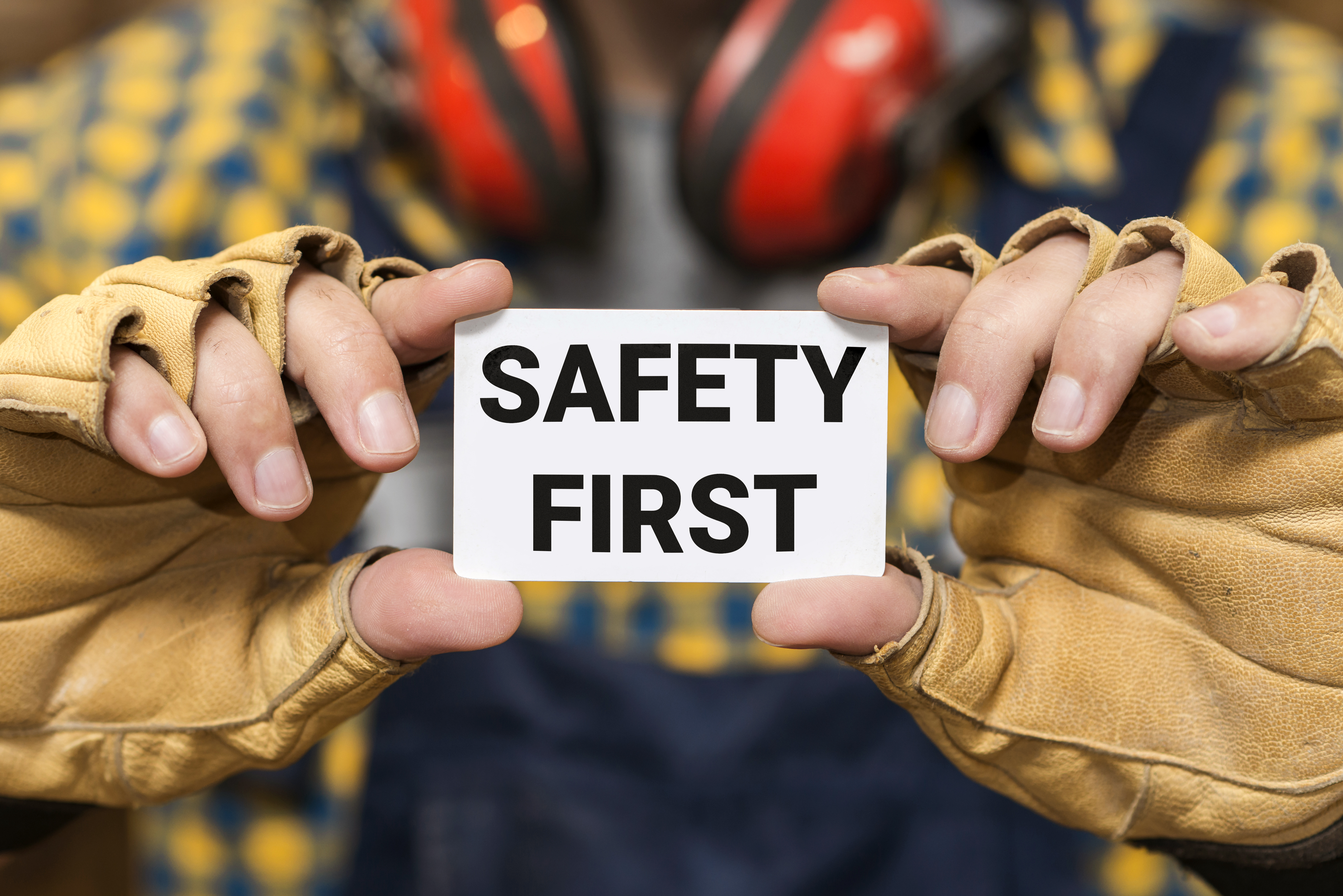Health & Safety Matters
Why Health & Safety Matters in Irish Workplaces Health and safety isn’t just about compliance—it’s fundamental to building a productive, trustworthy, and resilient business. From frontline workers to senior management, everyone in your organisation benefits when safety is prioritised. Legal & Ethical Responsibility Under the Safety, Health and Welfare at Work Act 2005, every employer in Ireland must: - Identify and manage workplace hazards - Maintain an up-to-date Safety Statement - Provide appropriate PPE at…
Fire Safety Regulations Ireland
Understanding Fire Regulations: A Guide for Irish Businesses Is Your Business Compliant with Irish Fire Safety Laws? Fire safety is not just a regulatory box to tick—it’s a vital component of workplace health and safety. In Ireland, the Fire Services Acts 1981 and 2003, alongside building regulations, place a legal duty on employers to implement preventative measures and ensure safe evacuation procedures. Non-compliance can result in severe penalties, including fines or business closure, but more…
Integrating Wellness: Mental Well-Being Techniques
Integrating Wellness: Practical Mental Well-Being Techniques Introduction: Is Stress Managing You, or Are You Managing Stress? In today’s modern world, stress seems to creep into every part of our lives from tight deadlines to digital overload. While we often accept stress as part of the norm, unchecked stress can impact both our physical health and mental well-being. The good news? There are positive, practical ways to take control and create a more balanced life. By integrating…
Personal Injuries at Work: How Safe Is ‘Safe Enough’?
Personal Injuries at Work How Safe Is “Safe Enough”? Every day, employees face risks that can lead to personal injuries—but with proper workplace injury prevention strategies, these incidents are often avoidable. A slippery floor or improper lifting technique might seem minor, but they can cause long-term harm. How can organizations prioritize preventing workplace injuries proactively? Why Personal Injury Prevention Should Be a Strategic Goal Personal injuries in the workplace cost businesses more than just money. They impact productivity, morale,…
New employee safety first 90 days
New Employee Safety First 90 Days: Essential Workplace Training Tips Introduction: New Employee Safety Training for First 90 Days Starting a new job can be exciting yet challenging, especially when it comes to workplace safety. New employees are more vulnerable to accidents due to unfamiliarity with procedures, equipment, and workplace hazards. Prioritizing new employee safety during the first 90 days ensures safety training from day one ensures that workers understand protocols, which significantly reduces the…
Workplace Safety Trends 2025
Top 5 Health & Safety Trends for 2025 Introduction: Embracing the Future of Workplace Safety As workplaces evolve, so do the challenges associated with maintaining a safe and healthy environment. Staying abreast of emerging trends is crucial for organizations aiming to protect their workforce and enhance productivity. We will look at the top five Workplace Safety Trends 2025 anticipated to shape workplaces in 2025. Overview: The Importance of Adapting to New Safety Paradigms The…
Workplace Health Safety Ergonomics
Enhancing Workplace Safety Through Ergonomics Are You Prioritizing Ergonomics in Your Workplace? Employees perform daily tasks that may seem harmless but can cause long-term health issues. Poor posture, repetitive movements, and improper workstation setups contribute to workplace injuries. Prioritizing workplace health, safety, and ergonomics is essential to prevent long-term injuries and boost productivity. Enhancing workplace health, safety, and ergonomics in a healthy workspace isn’t just about aesthetics—it’s about integrating office ergonomics into every aspect of the…
Tailored safety training
Tailoring Safety Training for Staff and Contractors One-Size-Does-Not-Fit-All in Safety Training Workplaces rely on a mix of employees and contractors, each with different roles, risks, and safety needs. However, many businesses still apply generic safety training, failing to address the specific hazards faced by each group. Tailored safety training ensures that all workers—whether permanent staff or contractors—are well-equipped to maintain a safe work environment. Digital platforms like EazySafe help businesses deliver tailored safety programs that…
Secure Workplace Culture
Building a Secure Workplace Culture: Ensuring a Secure Work Environment The Stark Reality of Workplace Hazards Workplace accidents remain a significant concern across various industries, with falls, machinery-related injuries, and hazardous substance exposure being common risks. Every year, thousands of workers in Europe suffer injuries due to preventable workplace incidents. While some sectors, such as construction and manufacturing, are particularly high-risk, no workplace is entirely free from hazards. Employers and employees alike must take workplace…
Ensure a Safe Workplace: Essential Steps and Best Practices
Is Your Workplace as Safe as It Could Be? Are You Overlooking Hidden Workplace Hazards? Every day, employees navigate environments that may harbor unseen dangers. From poorly maintained equipment to inadequate emergency protocols, even seemingly safe workplaces can pose significant risks. Ensuring a comprehensive safety strategy is not just a regulatory requirement but a moral imperative. Critical Importance of Workplace Safety A safe workplace enhances employee well-being, boosts productivity, and reduces financial liabilities associated with…










